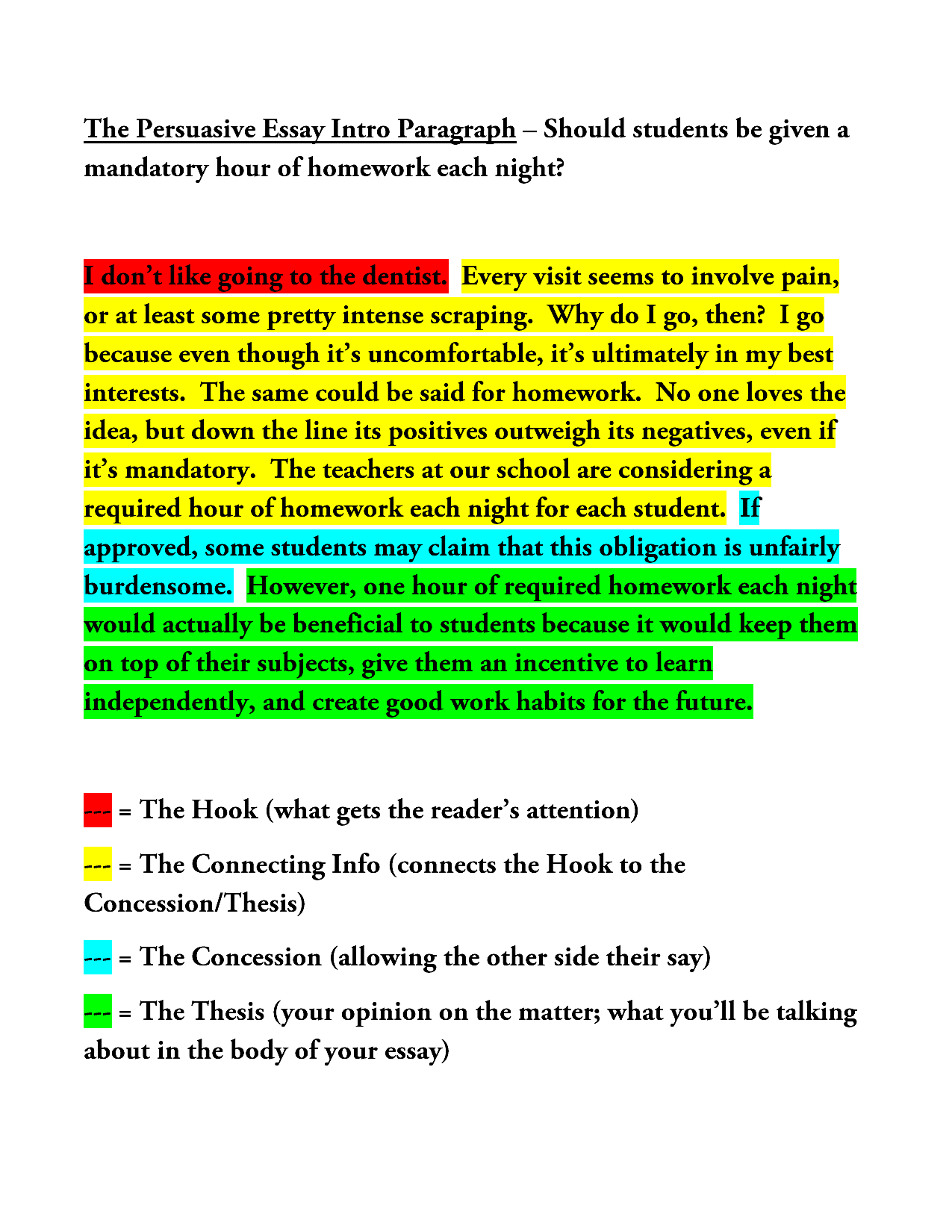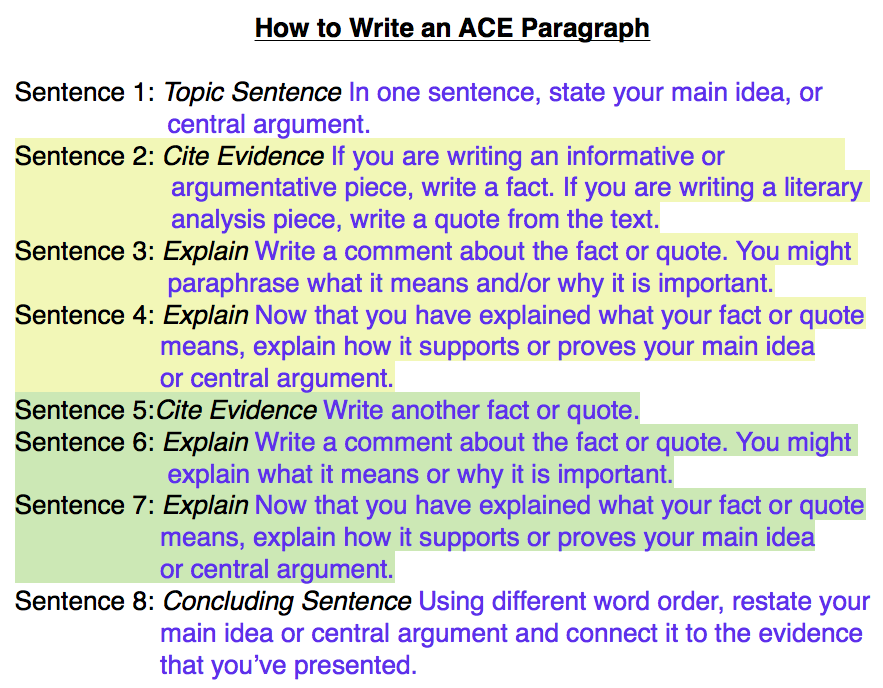

Anything goes, as long as it is relevant. Depending on the topic, you can use facts, figures, statistics, and examples, or you can use stories, anecdotes, and quotes.

You can also use chronological transitions, such as “firstly”, “secondly” and “thirdly”. Such transition words include “furthermore”, “in fact” and “in addition to”. Transition words can help you compare and contrast, show sequence, show cause, and effect, highlight important ideas, and progress smoothly from one idea to the next.
#A paragraph free
If your paragraphs are part of a larger essay, writing an essay outline can help you define the major ideas or goals of each paragraph.ĭon't: use an obvious fact as your topic sentence.ĭo: feel free to start with a vague idea if you feel stuck, and improve it once you've finished the paragraph.What is their prior knowledge? Are they familiar with the topic at hand, or will it require many explanatory sentences? Who am I writing for? Think about whom the intended readership of this paragraph or paper will be.As paragraphs are usually relatively short, it is important that you try to hit on all the main ideas, without going off-topic.

What are the main ideas or topics that I need to address? Think about the topic you are being asked or have decided to write about, and consider what the most relevant ideas or s relating to that topic are.Which charity do you choose and why?" or "Describe your favorite day of the week," you will need to think carefully about that prompt and make sure you are directly addressing it, rather than going off-topic.

What is the prompt I have been given? If you are writing a paragraph as a response or answer to a particular prompt, such as "You have decided to donate money to charity.To determine the exact topic of your paragraph, you should ask yourself many questions: X Research source Without a definite idea of what the main topic is, your paragraph will lack focus and unity. This is because a paragraph is essentially a collection of sentences that all relate to one central topic. Before you begin writing your paragraph, you must have a clear idea of what the paragraph will be about. Decide what the main topic of the paragraph will be.


 0 kommentar(er)
0 kommentar(er)
